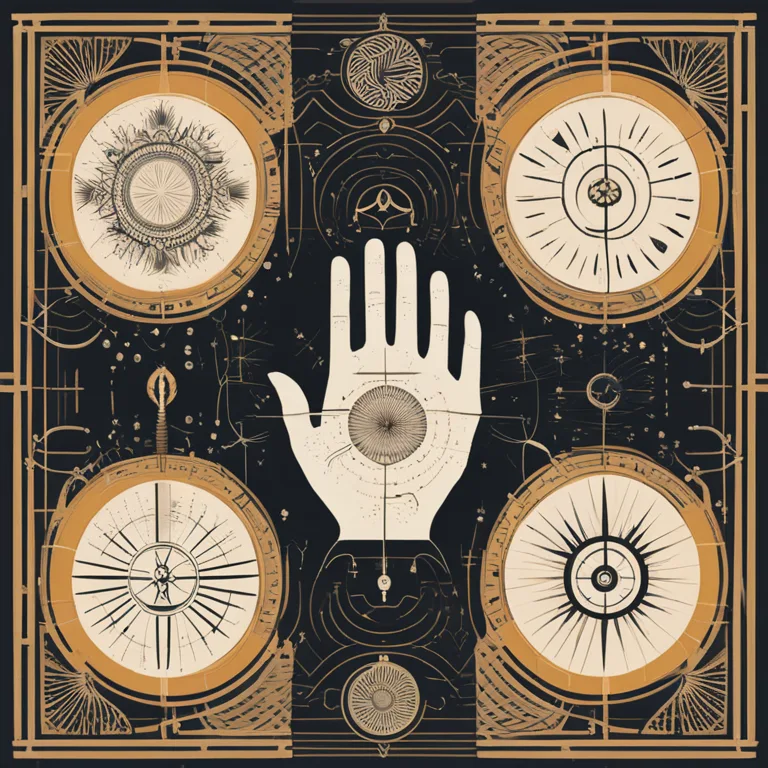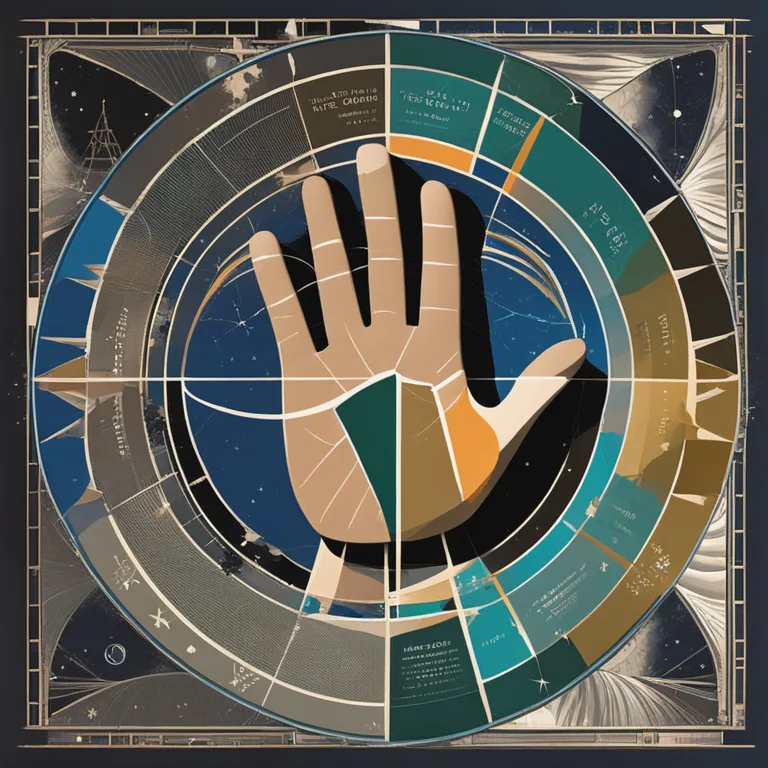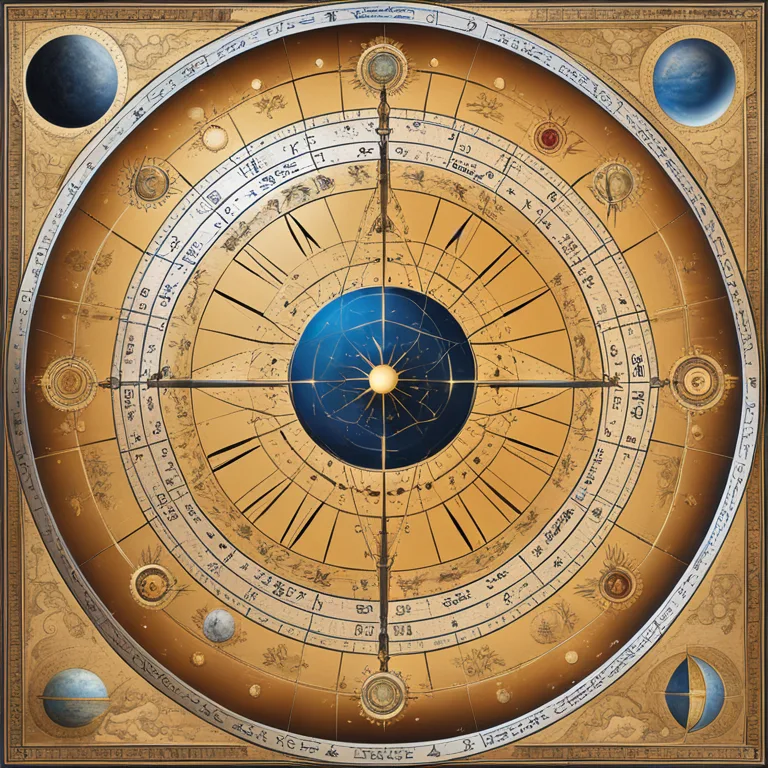
Palmistry vs. Astrology: Which Predicts You Better?
Delve into the fascinating realms of palmistry and astrology to determine which ancient practice offers more accurate insights into your life.
article by Nora Pennington
Introduction to Ancient Arts
Palmistry and astrology are two ancient practices used for personal insight and forecasting one's future. Palmistry, the art of reading hands, reveals character traits and life tendencies through the analysis of palm lines, mounts, and finger shapes. Astrology, on the other hand, interprets the positions and movements of celestial bodies to reflect on individuals' personalities and life events. As we step into the era of 2024 and beyond, the eternal debate persists: which of these time-honored arts provides more accurate predictions?

The Basis of Palmistry
Palmistry is based on the belief that an individual's hands hold key information about their life paths and personalities. The primary tools of a palmist are the heart line, head line, life line, and fate line. Each mark, whether fixed from birth or developing through life, narrates a unique aspect of one’s destiny. Technique advancements and digital imaging tools in 2024 have led to enhanced precision in palm readings, but its accuracy remains subject to individual interpretation and skill.

Astrology's Celestial Blueprint
Astrology’s methodology extends from an individual's birth chart—an astral snapshot of where heavenly bodies were situated at the moment of birth. Modern astronomical software allows astrologers to cast highly detailed charts, incorporating minor celestial bodies and points that were once elusive. While this enhances the complexity and potential accuracy of astrology, the interpretation requires expertise and an understanding of the intricate cosmic dance.

Consistency and Personalization
When comparing consistency, palm lines may alter over time, reflecting changes in one’s life choices and circumstances. Astrology, particularly natal astrology, is static, based on the unchanging positions of stars at one's birth. The anticipation of future events in astrology often relates to transits and progressions, consistently repeatable phenomena that affect individuals according to their personal birth chart.

Evidence and Scientific Scrutiny
Both practices have skeptics. The scientific community generally views palmistry and astrology as pseudosciences, citing a lack of empirical evidence and failure to comply with the scientific method. However, enthusiasts and practitioners point to anecdotal successes and the personal value found in these arts. In 2024, despite technological advances in many fields, concrete proof supporting the accuracy of palmistry or astrology remains largely absent in scientific literature.
Cultural and Historical Significance
It's important to consider cultural perspectives. Some societies may traditionally favor palmistry, while others see astrology as integral to their historical identity. Recent cultural trends in 2024 have seen a resurgence in these practices, often blending them with psychological insights, which may affect public opinion concerning their accuracy.
Conclusion: A Matter of Belief
Ultimately, deciding whether palmistry or astrology is more accurate may be less about empirical evidence and more about individual belief and experience. Each discipline offers a unique lens through which to view oneself and the world. As such, the personal resonance and relevance of the readings play a significant role in their perceived accuracy.
Published: 1/3/2024
Modified: 1/3/2024
More predictions
Come back here soon to learn more about yourself and your future


The Intuition Line in Palmistry: Significance and Interpretation
Delve into the intriguing world of palmistry with a close look at the intuition line, its meanings, and its impact on self-understanding.


The Palmistry Line of Success: Insights on Your Path
Trace the line of success in palmistry and discover the insights this ancient practice offers about your professional and personal triumphs.


The Roots and Journey of Palmistry
Trace the ancient practice of palmistry through history and discover how it has evolved into the art studied around the world today.